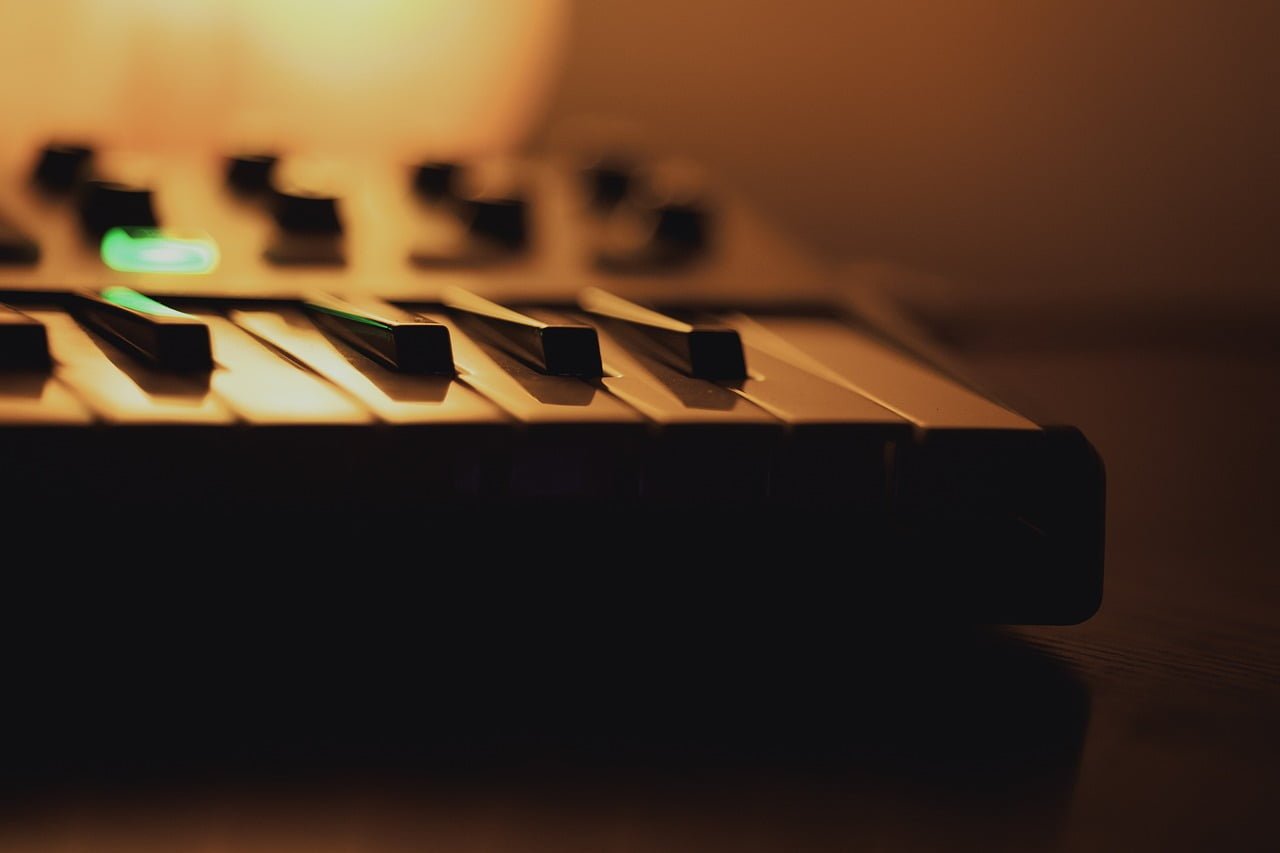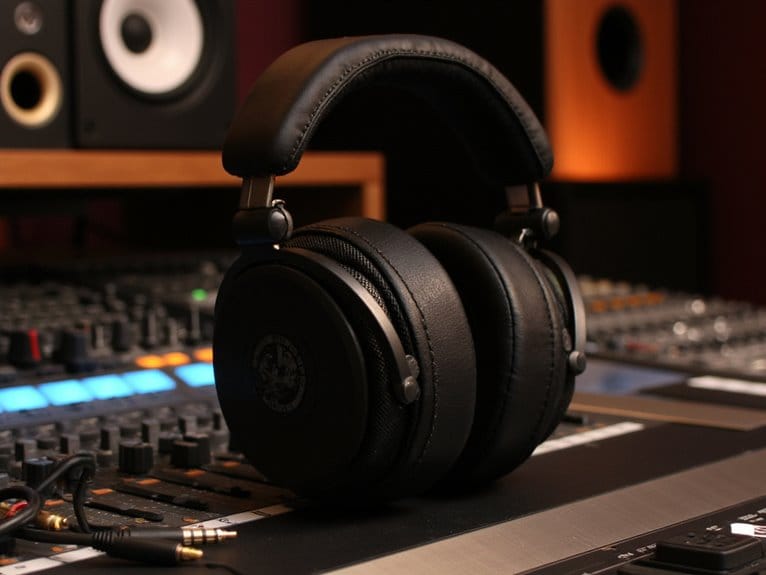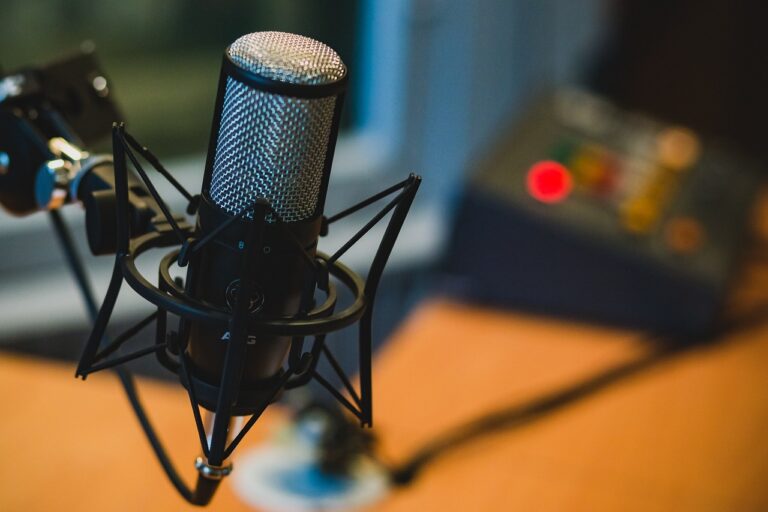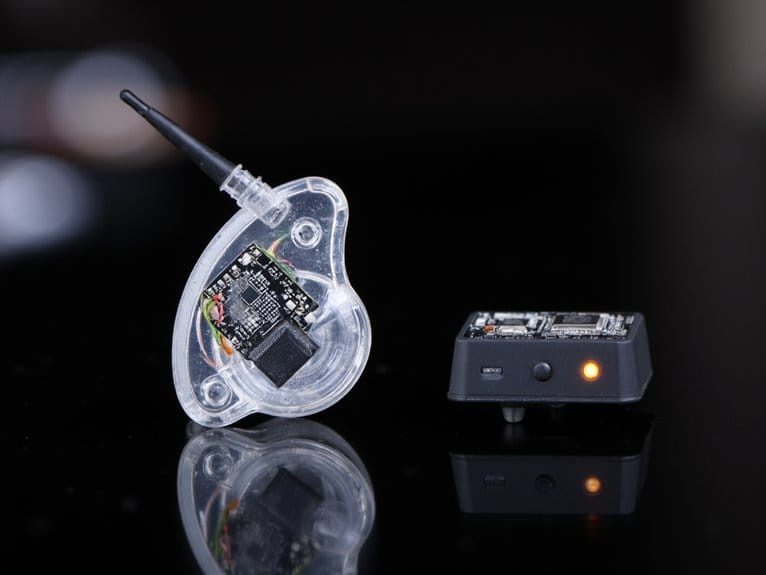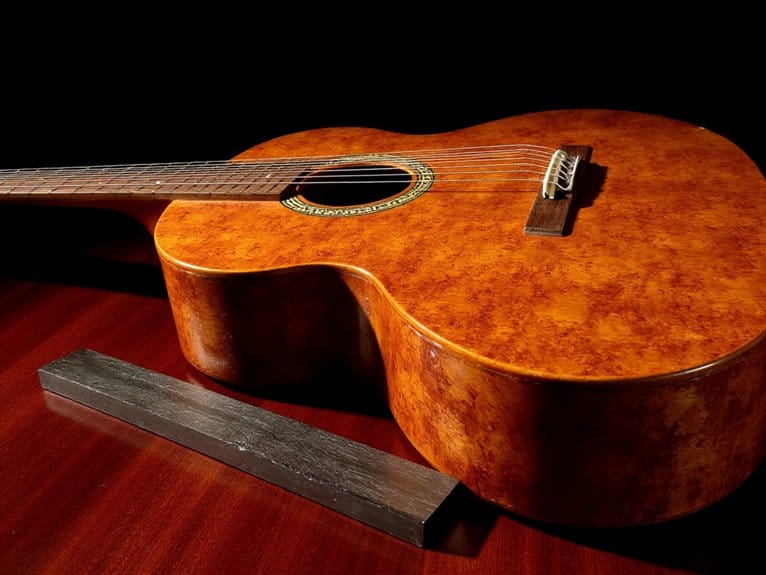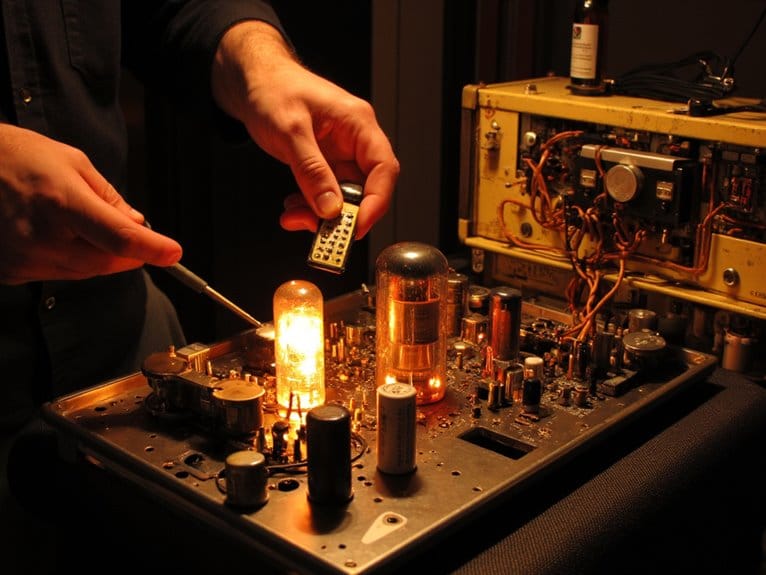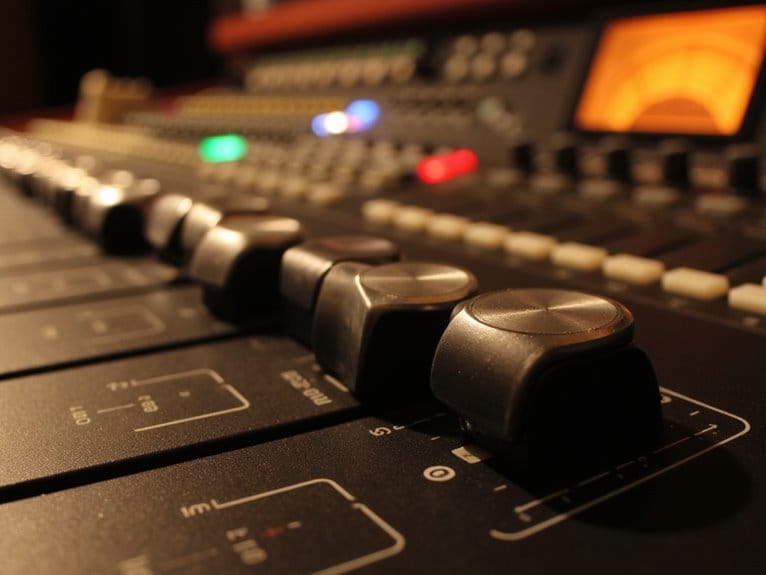Troubleshooting MIDI Connection Problems
When traversing the intricate web of MIDI connection problems, it’s like untangling a complex musical composition. As I plunge into the troubleshooting process, I often find myself deciphering cryptic error messages, tracing elusive cables, and recalibrating settings. However, there’s one vital step that can make all the difference between frustration and harmony.
We are supported by our audience. When you purchase through links on our site, we may earn an affiliate commission, at no extra cost for you. Learn more.
Common MIDI Connection Issues
When troubleshooting MIDI connection problems, the first step is to address common issues that may arise with MIDI connections between devices. One frequent problem is faulty MIDI cables. Make certain that the MIDI cables are securely connected to the MIDI ports on both devices. Often, a loose connection can lead to data transmission errors. Another common issue is forgetting to power on the MIDI devices. Make certain that both devices are powered on and set to the correct MIDI channels for communication to occur successfully.
If you are using USB MIDI devices, check if they are recognized by the computer’s operating system. Sometimes, a simple reconnection or driver update may be necessary to establish proper communication. Additionally, non-class-compliant MIDI devices might require specific drivers to function correctly. Verify that the drivers are correctly installed and up to date to avoid any compatibility issues.
Using MIDI monitoring tools can also help diagnose communication problems between devices. These tools provide real-time data on MIDI messages being sent and received, allowing you to pinpoint any issues with the connection. By addressing these common MIDI connection issues, you can troubleshoot and resolve connectivity problems efficiently.
Testing MIDI Devices
To effectively test MIDI devices, utilize a MIDI utility such as MIDI-OX for PC or MIDI Monitor for Mac to monitor and evaluate the devices’ functionality. These tools allow you to track MIDI data values and troubleshoot any connectivity issues effectively. When testing, confirm that the MIDI device is properly connected to the computer via USB ports and powered on to guarantee accurate results.
Monitoring MIDI data values can help identify potential problems with USB connections. If connectivity issues arise, consider reconfiguring the USB connections or testing the MIDI device directly on the computer to establish a more stable connection. Additionally, if you are using non-class-compliant MIDI devices, reinstalling the driver software may be necessary. After installing the drivers, remember to restart the system to ensure the changes take effect.
Reconnecting MIDI Devices
Reconnecting MIDI devices for troubleshooting involves physically unplugging and replugging the USB or MIDI connections to guarantee proper communication and power functions. It’s a simple yet effective step that can help resolve many connectivity issues. Here are some key points to take into account when reconnecting MIDI devices:
- Check for Loose Connections: Before reconnecting, inspect the cables and ports for any looseness or damage. A secure connection is crucial for smooth data transmission.
- Proper Alignment and Orientation: When reconnecting MIDI devices, make sure that the cables are correctly aligned and inserted in the right orientation. Misalignment can lead to poor connectivity.
- Restart the Computer: After reconnecting the MIDI devices, restart your computer. This step helps the system recognize the devices properly and can often resolve any unrecognized devices or driver issues.
MIDI Device Routing
Understanding MIDI device routing plays a pivotal role in establishing efficient data transmission paths between MIDI devices. MIDI device routing involves connecting MIDI OUT ports to MIDI IN ports on other devices to facilitate the transfer of MIDI data. Additionally, MIDI THRU ports are essential as they pass data from the device’s own INPUT port to additional devices in a chain, allowing for the connection of multiple devices in a series. Moreover, understanding the different MIDI cable connection types is crucial for ensuring compatibility between various devices. This includes recognizing the distinctions between standard 5-pin DIN cables and USB MIDI connections, each serving different setups and preferences. By mastering these connection types, users can optimize their MIDI configurations and enhance their overall music production experience.
Failure to adhere to correct MIDI device routing can result in data transmission issues and lead to unresponsive behavior in the MIDI setup. To avoid such problems, it is important to consult the MIDI device manuals, as they provide specific instructions on the proper routing configurations for optimal performance. These instructions are particularly important when setting up complex MIDI configurations in music production environments, where multiple devices need to communicate seamlessly to ensure a smooth workflow. When integrating a MIDI keyboard for Ableton into your workspace, ensuring the correct connections will significantly enhance your creative process. Additionally, keeping your software updated and regularly checking for driver updates for your MIDI devices can prevent potential issues. By taking these proactive steps, you can create a more reliable and efficient music production environment.
Troubleshooting Tips
When troubleshooting MIDI connection problems, using MIDI utility software to test and diagnose potential issues is a valuable first step. This software allows for monitoring and analyzing the communication between MIDI devices, helping to pinpoint any connectivity issues that may arise. In addition to using MIDI utility software, there are several other troubleshooting tips that can be beneficial:
- Reconfigure USB ports: Sometimes, connection problems can stem from faulty USB ports or incorrect configurations. By reconnecting the MIDI devices to different USB ports or making sure that the ports are functioning correctly, you can eliminate potential issues related to USB connectivity.
- Check MIDI device drivers: Make sure that the MIDI device drivers are up to date and compatible with your system. If you encounter driver-related problems with non-class-compliant MIDI devices, reinstalling the drivers can often resolve these issues and restore proper functionality.
- Verify MIDI controller functionality: To prevent data conflicts and ensure smooth transmission of MIDI messages, it is important to verify that all buttons, faders, and knobs on your MIDI controller are functioning correctly. This step helps avoid potential disruptions in communication between the controller and other MIDI devices.

